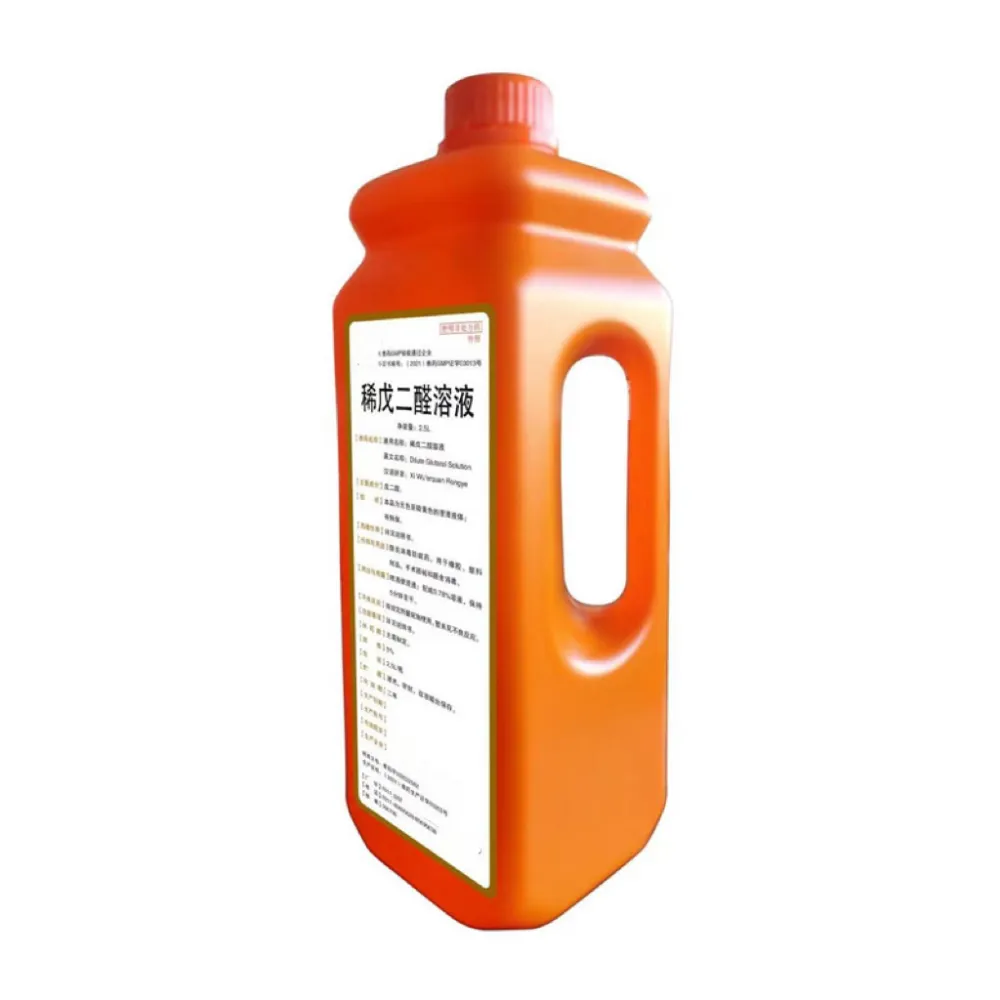- Afrikaans
- Albanian
- Amharic
- Arabic
- Armenian
- Azerbaijani
- Basque
- Belarusian
- Bengali
- Bosnian
- Bulgarian
- Catalan
- Cebuano
- Corsican
- Croatian
- Czech
- Danish
- Dutch
- English
- Esperanto
- Estonian
- Finnish
- French
- Frisian
- Galician
- Georgian
- German
- Greek
- Gujarati
- Haitian Creole
- hausa
- hawaiian
- Hebrew
- Hindi
- Miao
- Hungarian
- Icelandic
- igbo
- Indonesian
- irish
- Italian
- Japanese
- Javanese
- Kannada
- kazakh
- Khmer
- Rwandese
- Korean
- Kurdish
- Kyrgyz
- Lao
- Latin
- Latvian
- Lithuanian
- Luxembourgish
- Macedonian
- Malgashi
- Malay
- Malayalam
- Maltese
- Maori
- Marathi
- Mongolian
- Myanmar
- Nepali
- Norwegian
- Norwegian
- Occitan
- Pashto
- Persian
- Polish
- Portuguese
- Punjabi
- Romanian
- Russian
- Samoan
- Scottish Gaelic
- Serbian
- Sesotho
- Shona
- Sindhi
- Sinhala
- Slovak
- Slovenian
- Somali
- Spanish
- Sundanese
- Swahili
- Swedish
- Tagalog
- Tajik
- Tamil
- Tatar
- Telugu
- Thai
- Turkish
- Turkmen
- Ukrainian
- Urdu
- Uighur
- Uzbek
- Vietnamese
- Welsh
- Bantu
- Yiddish
- Yoruba
- Zulu
Dec . 25, 2024 00:03 Back to list
Exploring Antifungal Medications for Veterinary Use and Their Applications in Animal Health
Antifungal Veterinary Drugs An Overview
Fungal infections in animals can pose significant health risks, leading to various diseases and conditions that may affect not only the animal's well-being but also the economics of livestock production and pet ownership. As a result, antifungal veterinary drugs have become an essential component in the toolkit of veterinarians striving to maintain the health of animals.
Fungi are ubiquitous organisms that can thrive in various environments, including animal bodies. They can manifest in numerous forms, ranging from superficial infections on the skin to systemic infections that can affect internal organs. Common fungal pathogens in veterinary medicine include species of *Candida*, *Aspergillus*, and *Dermatophytes* such as *Microsporum* and *Trichophyton*. The treatment of these fungal infections necessitates the use of antifungal agents, which can be broadly categorized into two main classes systemic and topical antifungal drugs.
Systemic Antifungal Drugs
Systemic antifungal drugs are designed to treat deep-seated infections that require systemic absorption for effective therapy. These medications are typically administered orally or parenterally and then distributed throughout the body. Some commonly used systemic antifungal drugs in veterinary medicine include
1. Azoles Compounds like fluconazole and itraconazole fall under this category. They inhibit the synthesis of ergosterol, a critical component of fungal cell membranes, thus compromising cell integrity. Azoles are effective against a variety of fungal infections and are often the first line of defense.
2. Polyenes Amphotericin B is a well-known polyene that binds to ergosterol in fungal cell membranes, leading to cell death. Despite its efficacy, amphotericin B has associated toxicity, which necessitates careful monitoring during treatment.
3. Echinocandins Caspofungin and micafungin are examples of echinocandins that inhibit the synthesis of glucan, an essential component of the fungal cell wall. These drugs are particularly effective against *Candida* species and some molds.
Topical Antifungal Drugs
antifungal veterinary drugs

Topical antifungal medications are applied directly to the affected area and are primarily used for superficial fungal infections. Common topical antifungals include
1. Terbinafine This is an allylamine antifungal that is often used to treat dermatophyte infections. It works by inhibiting fungal squalene epoxidase, leading to a decrease in ergosterol synthesis.
2. Miconazole As a broad-spectrum antifungal, miconazole is frequently employed in treating skin and ear infections in pets. It can be found in various formulations, including shampoos, creams, and sprays.
3. Clotrimazole Similar to miconazole, clotrimazole is used topically to manage a range of fungal infections, particularly those affecting the skin and mucous membranes.
Resistance and Challenges
The emergence of antifungal resistance poses significant challenges in veterinary medicine, with some fungal species developing the ability to withstand common antifungal therapies. This has underscored the importance of accurate diagnosis and susceptibility testing to guide effective treatment. Moreover, the indiscriminate use of antifungal drugs can exacerbate this issue, necessitating responsible prescribing practices by veterinarians.
Conclusion
Antifungal veterinary drugs are crucial for managing fungal infections in various animal species, from domestic pets to livestock. The choice of therapy must be guided by the type of fungal pathogen, the location of the infection, and the overall health of the animal. Ongoing research is vital to develop new antifungal agents, understand resistance mechanisms, and optimize treatment protocols. As we advance in our understanding of veterinary mycology and pharmacology, the goal remains to enhance animal health while minimizing the risks associated with antifungal treatment. Through responsible use of these medications, veterinarians can effectively combat fungal infections and ensure better health outcomes for animals in their care.
-
Guide to Oxytetracycline Injection
NewsMar.27,2025
-
Guide to Colistin Sulphate
NewsMar.27,2025
-
Gentamicin Sulfate: Uses, Price, And Key Information
NewsMar.27,2025
-
Enrofloxacin Injection: Uses, Price, And Supplier Information
NewsMar.27,2025
-
Dexamethasone Sodium Phosphate Injection: Uses, Price, And Key Information
NewsMar.27,2025
-
Albendazole Tablet: Uses, Dosage, Cost, And Key Information
NewsMar.27,2025













